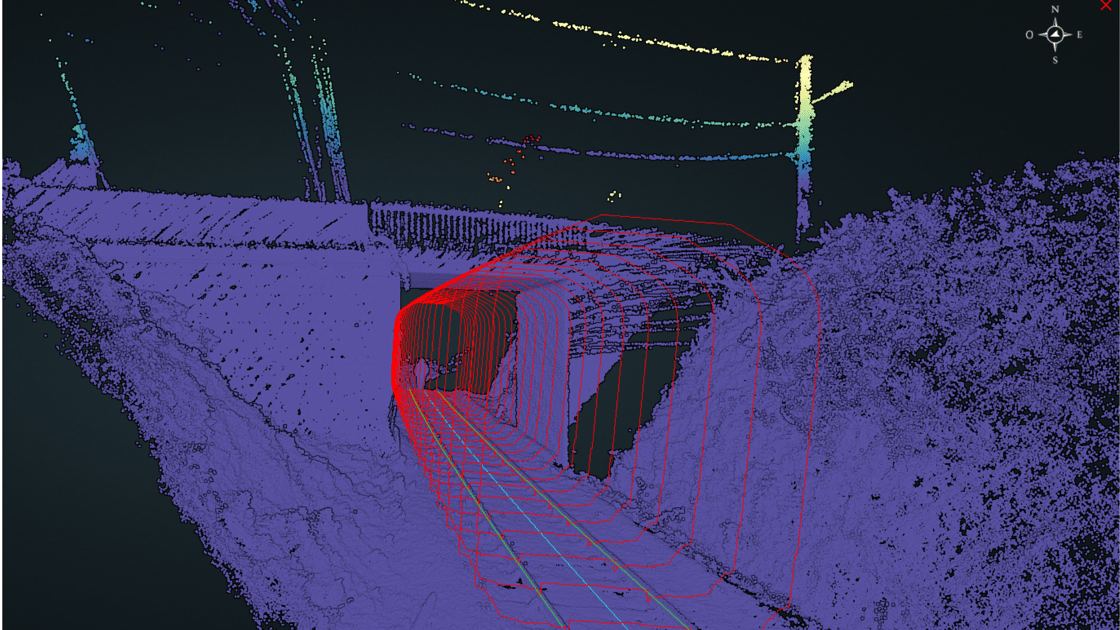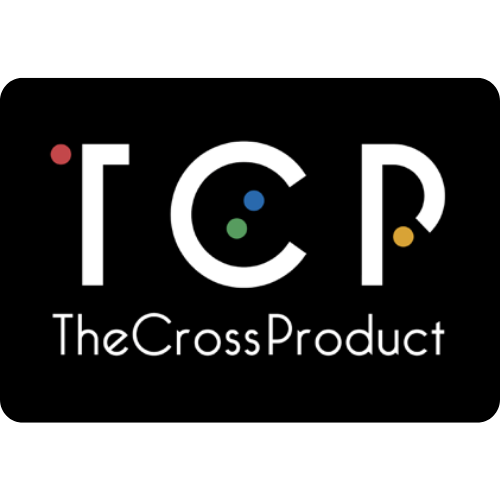LiDAR: The digital twin, virtual replica thanks to lasers!
June 7, 2023 •Déborah

Have you ever heard of digital twins? They are increasingly present in the world of industry, construction, infrastructure or even urban planning. There are even competitions, such as the trophies offered by the BIM World Paris 2023 digital twin competition, which rewards the best digital twins in all sectors. But what is it really about? What are the advantages ? And how to make a digital twin?
A digital twin, what is it?
First of all, it is important to clearly define what a digital twin is. Thus, a digital twin refers to a virtual reconstruction of an object, process or system. This replica is digitally identical to the reconstructed medium. Digital twins, called digital twin in English, are now more than present in the field of industry and more generally in technology. But then, what are they for?


What is the use of it?
Once we have obtained our digital twin, we can ask ourselves what this one will be able to serve us. Indeed, a digital twin has several uses. For example, it is possible thanks to the twin to evaluate the state of a physical structure, to establish a digital inventory of the objects constituting the reconstituted structure or to carry out system tests. The digital twin is also used to optimize the operation and maintenance of physical assets in manufacturing systems and processes. Moreover, we can also find a more cultural use for it, in particular thanks to the digital preservation of objects or historical monuments made possible thanks to digital twins. In a nutshell, digital twins are becoming indispensable in many different fields!
But then, how to create a digital twin?
Given the usefulness of a digital twin, one can then wonder how to obtain this digital reconstruction. As you can imagine, the use of LiDAR technology is almost essential in the creation of the digital replica. Indeed, the precision of the lasers makes it possible to obtain the three-dimensional representation of the structure or the digitized system, and this, in an extremely precise manner. The 3D scan, also called point cloud, can then be viewed and manipulated on dedicated software or on a web platform. This “raw” digital twin is therefore rich in information but is difficult to use directly because it is necessary to be equipped with specific tools to extract the relevant information and carry out operations or analyses.
In order to exploit these digital twins to their full potential, it is therefore necessary to have the means to process this data effectively. This is where solutions like those from The Cross Product (TCP) come in. TCP's LiDAR 3D data processing solutions, which can be used in rail and motorway environments, make it possible to enrich the digital twin of these infrastructures. Indeed, these Automated Classification and Automated Vectorization solutions make it possible to add information to the digital twin. For example, the Automated Classification software makes it possible to recognize the objects constituting a motorway or railway infrastructure (cables, rails, slides, posts, vegetation, etc.). In addition, it is possible to perform complex analyzes from the digital twin, such as a template study (Automated Clash Detection) which makes it possible to virtually reconstruct a collision study process. In a nutshell, at The Cross Product we also work with digital twins!
Finally, there is no denying that the use of the digital twin is more than interesting in the sectors of industrial and technological development but also for security and research purposes…

